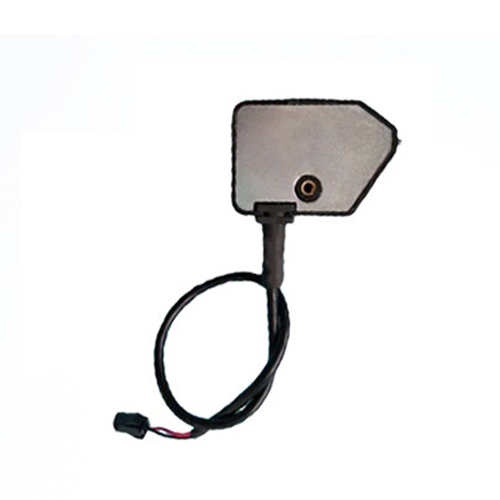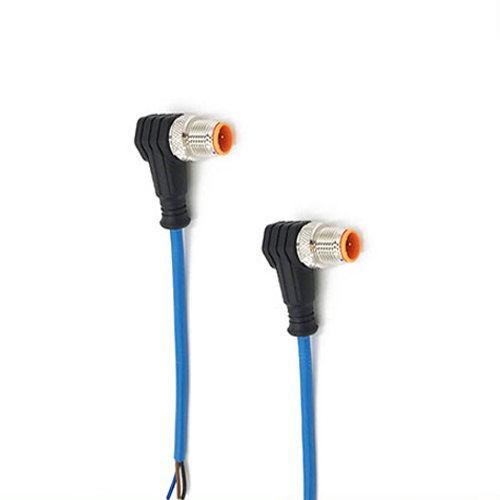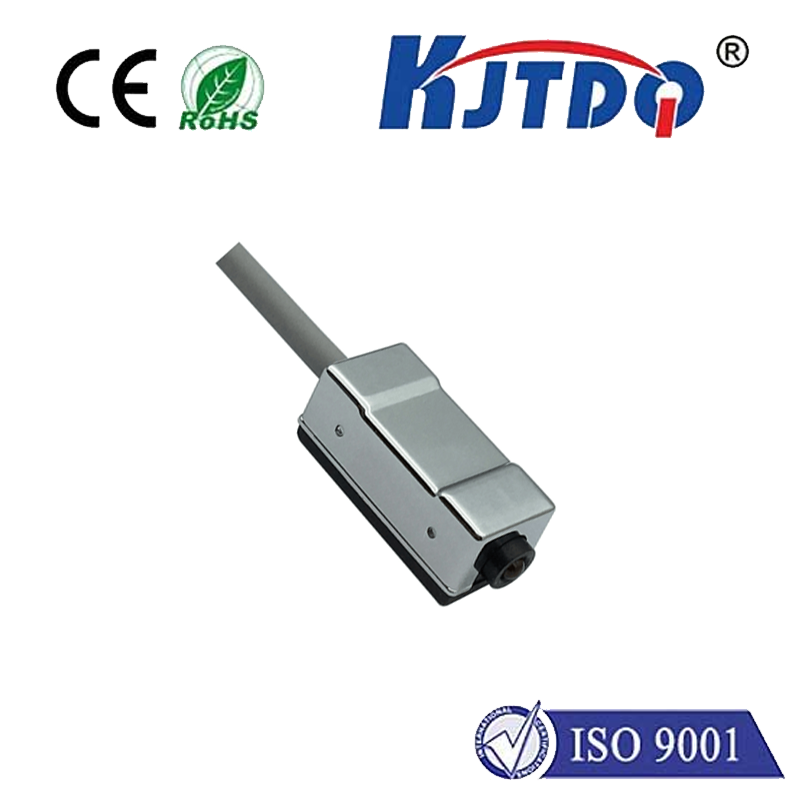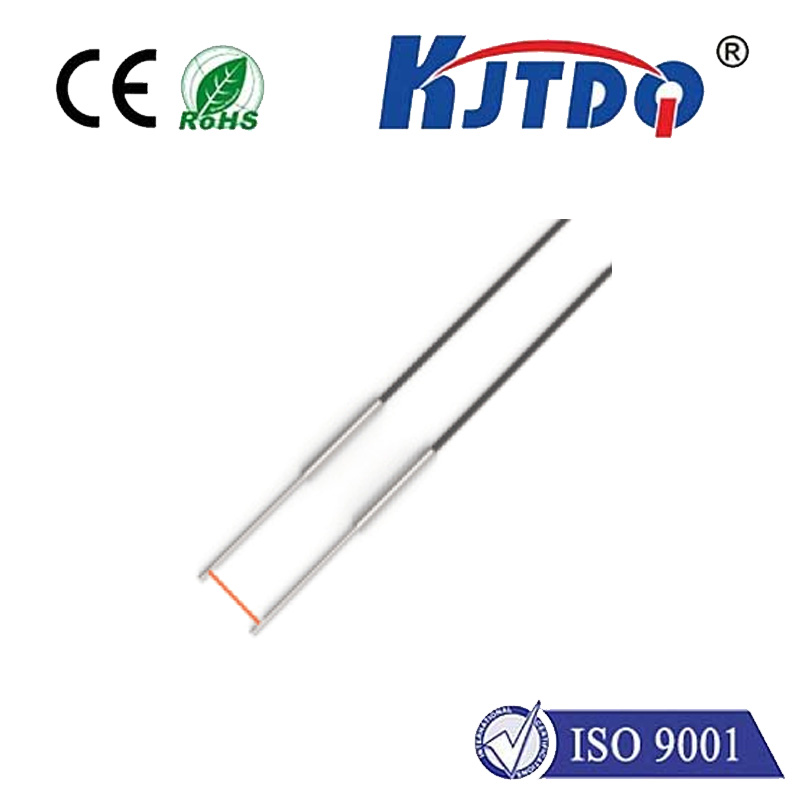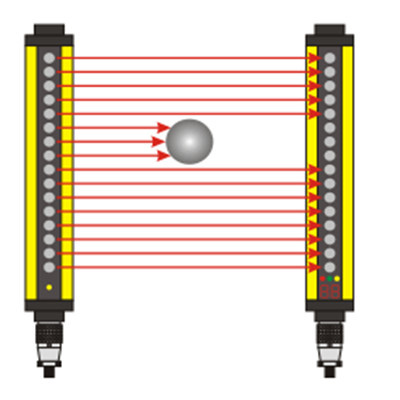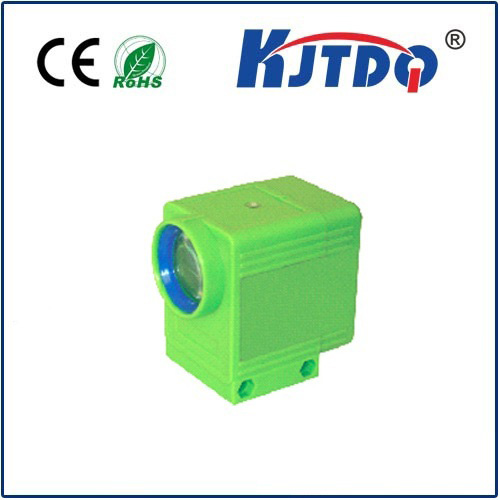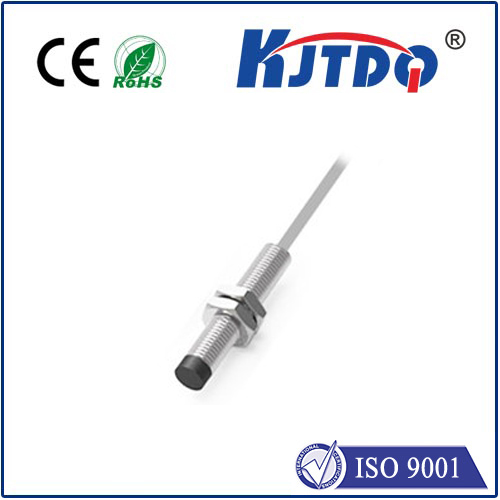forklift proximity sensor
- time:2025-09-08 09:17:29
- Нажмите:0
Forklift Proximity Sensors: Your Essential Shield Against Workplace Collisions
Imagine a bustling warehouse: forklifts whizzing down aisles, workers moving pallets, deliveries arriving constantly. It’s a symphony of productivity, but also an environment ripe for accidents. One moment of obscured vision, one distracted operator, one pedestrian stepping into a blind spot can lead to devastating collisions. These incidents aren’t just costly in terms of damaged goods and equipment; they represent a serious threat to human safety. This is where the forklift proximity sensor transforms from a technological gadget into an indispensable guardian for modern material handling.
Understanding the Lifesaving Role of Proximity Sensors
At its core, a forklift proximity sensor is an electronic device designed to detect the presence of objects, people, or other vehicles within a predefined zone around a forklift. Think of it as an ever-vigilant electronic lookout, constantly scanning the forklift’s immediate surroundings – especially critical blind spots – and alerting the operator before a potential collision occurs. The primary mission? Prevent accidents, protect personnel (pedestrians and operators alike), minimize damage to inventory and infrastructure, and ultimately create a significantly safer work environment.
How Do Forklift Proximity Sensors Work?

These systems operate by emitting a signal (energy wave) and then interpreting the signal that bounces back from nearby objects. The technology deployed dictates the nature of this signal and detection capabilities:
- Ultrasonic Sensors: Emit high-frequency sound waves. They are cost-effective and excellent for detecting solid objects at close to medium range. However, performance can be affected by factors like dust, air currents, and certain surface textures.
- Radar Sensors: Use radio waves. They excel in environments where ultrasonic sensors struggle – penetrating dust, smoke, fog, and seeing through plastic wrapping. They typically offer longer detection ranges and better performance in harsh conditions.
- Infrared (IR) / LiDAR Sensors: Use light beams (lasers in LiDAR’s case). Offer high precision for object detection and shape recognition. Can be sensitive to direct sunlight or extremely dirty lenses, but provide accurate distance measurement.
- Camera-Based Systems: While often integrated with sensors for comprehensive collision avoidance, advanced camera systems can function as proximity detectors using visual algorithms. They provide visual context but may require more processing power and careful calibration.
Modern systems often combine multiple sensor types (sensor fusion) to overcome individual limitations and provide the most robust coverage possible.
The Critical Benefits: Beyond Basic Collision Avoidance
Integrating proximity sensors onto your forklift fleet delivers a cascade of positive outcomes:
- Enhanced Pedestrian Safety: This is paramount. Sensors act as an early warning system, detecting pedestrians in blind spots or too close to the moving forklift, giving the operator crucial seconds to react and stop.
- Reduced Equipment & Infrastructure Damage: Collisions with racking, walls, doors, pipes, or other machinery are a major cost center. Sensors significantly minimize accidental impacts, preserving assets and reducing repair bills and downtime.
- Operator Confidence & Reduced Stress: Knowing they have backup assistance in detecting hazards allows operators to work more confidently and efficiently, particularly in congested areas or when visibility is poor. This reduces fatigue and human error.
- Lower Insurance Premiums: Demonstrating a proactive commitment to safety through technologies like proximity sensors can positively impact insurance costs.
- Improved Operational Efficiency: Fewer accidents mean less downtime for investigations, cleanup, and repairs. It also fosters a smoother workflow without the disruptions caused by collisions.
- Compliance & Risk Mitigation: Proximity sensors are a tangible step towards compliance with stringent occupational health and safety regulations (like OSHA, EU Machinery Directive) and industry best practices, helping mitigate legal and financial risks.
Implementation: Key Considerations for Success
Simply buying sensors isn’t enough. Effective implementation is crucial:
- Sensor Selection: Choose the right type(s) based on your specific environment (dust levels, lighting, obstacles), typical operating speeds, and required detection zones. Consulting with specialists is highly recommended.
- Zone Customization: Define clear warning and slow-down/shut-down zones tailored to the forklift’s functions and the areas it operates in. Adjustable sensitivity and range are valuable features.
- Effective Alert Systems: Alarms must be unmistakable for the operator. This usually involves bright visual indicators (like LED light bars) and distinct audible alarms. The intensity should escalate as an object gets closer.
- Reliable Integration: Sensors must be securely mounted and properly integrated with the forklift’s electrical system to ensure consistent power and avoid interference.
- Operator Training: This is non-negotiable. Operators must thoroughly understand the system’s capabilities, limitations, what the alerts mean, and that the sensor is a vital aid, NOT a replacement for safe operating procedures and vigilance. Training should cover system bypass procedures only when necessary (e.g., precise stacking).
- Regular Maintenance & Testing: Like any safety system, sensors require periodic inspection, cleaning (especially lenses or emitters), and functional checks to guarantee they are working optimally when needed most.
Conclusion: An Investment in Safety and Productivity
In the fast-paced, often dense environments of warehouses, factories, and distribution centers, human eyes and mirrors alone cannot eliminate the inherent risks of forklift operation. Forklift proximity sensors act as a critical technological layer of protection. They provide that extra margin of safety, detecting dangers the operator might miss. By actively preventing collisions with people and property, these systems not only create a fundamentally safer workplace but also contribute significantly to operational continuity, reduced costs, and enhanced peace of mind for everyone on the floor. For any business serious about safety and efficiency, equipping forklifts with proximity detection systems is no longer an optional extra – it’s an essential component of responsible material handling.



